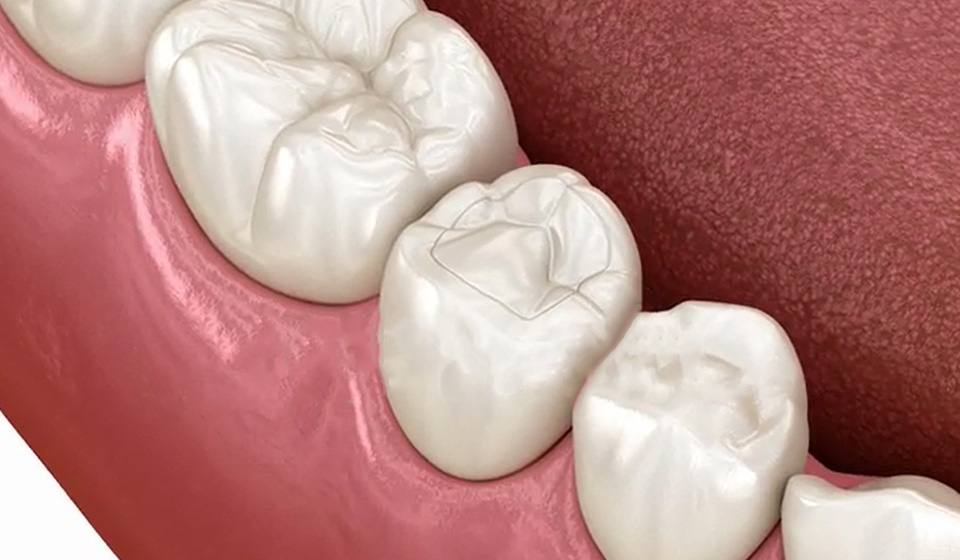Retainers are essential to maintaining the straightness of your teeth after spending time and money on braces or Invisalign. Retainers should be worn all the time as prescribed to stop teeth from moving back into their original locations. However, maintaining fresh and odor-free retainers also calls for some effort. For the longest-lasting orthodontic retainers, adhere to these helpful cleaning and maintenance guidelines.
What are Orthodontic Retainers?
Retainers are specialized devices that are precisely shaped to fit your mouth. They are often constructed of plastic and metal wires. Once aligners or braces have finished realigning teeth, they maintain those positions by gently pressing on the tooth’s surfaces. With retainers, patients can long-term preserve their newly restored smiles.
Tips on How to Keep Your Orthodontic Retainer Clean & Fresh –
One of the common questions people ask is – “How do you keep retainers clean and fresh?” or “How do you take care of an orthodontic retainer?”
- Clean your retainer regularly: Retainer tablets should be dissolved in water once a day to clean them. To get rid of waste and eliminate bacteria, soak for five to ten minutes. Then, use a dedicated toothbrush to gently scrub. Give it a good rinse.
- Avoid too hot water: The heat can distort your custom retainer’s shape-sensitive plastics, causing them to shift and become misaligned once cooled. When cleaning retainers, only use lukewarm water.
- Soak only as long as required: Even though most retainer cleansers are effective in 5 to 10 minutes at most, you shouldn’t leave retainers in the water for an extended period to avoid potentially harming the bonding components.
- Store your retainer in its case: Keep it in a case when retainers are not in use. They should be kept in protective cases to keep them safe from pets, bending, and accidental drops that could shatter them.
- Replace as needed: Retainers lose their ability to precisely preserve tooth alignment with regular wear. Every year, or even more frequently for teenagers, the majority of orthodontists advise getting new ones.
- Be mindful to remove it when eating: When wearing retainers, never snack or drink soda or juice. Always take them out for meals. The carbohydrates and oral bacteria combine to quickly produce smells, enamel deterioration, and plaque.
- Schedule regular dental appointments: Regularly check the fit and condition of your retainers by seeing your orthodontist near you in Westchase, TX. Three to four annual checkups are usually sufficient to ensure that retainers are not worn or that teeth have not moved as a result of lost retainer time.
How Long Must Orthodontic Patients Wear Retainers?
The majority of orthodontists advise wearing retainers overnight while you sleep for the next several months after getting braces, and sometimes even for years. Wearing braces consistently over time keeps the time, money, and agony you’ve spent straightening your teeth from being undone. Modern orthodontic methods are essential to maintain better smiles for life.
What is the cost of an Orthodontic Retainer?
Retainer typically costs a few dollars. Pricing is affected by things like the materials they choose and how difficult it is to comfortably suit your current biting position. Even though they are necessary to ensure successful orthodontic results, replacement retainers can get expensive over time. Take careful precautions and follow the care instructions to extend their lifespan and durability.
Conclusion
A smile devoid of stink and fresh breath begins with maintaining utmost cleanliness for dental equipment such as retainers. Long-term orthodontic treatment success is preserved by adhering to specified retainer cleaning and care guidelines. You can confidently use retainers without concern if you maintain them consistently every day and get regular dental checkups at Unident Family Dentistry in Westchase, TX, and protective storage in addition.






